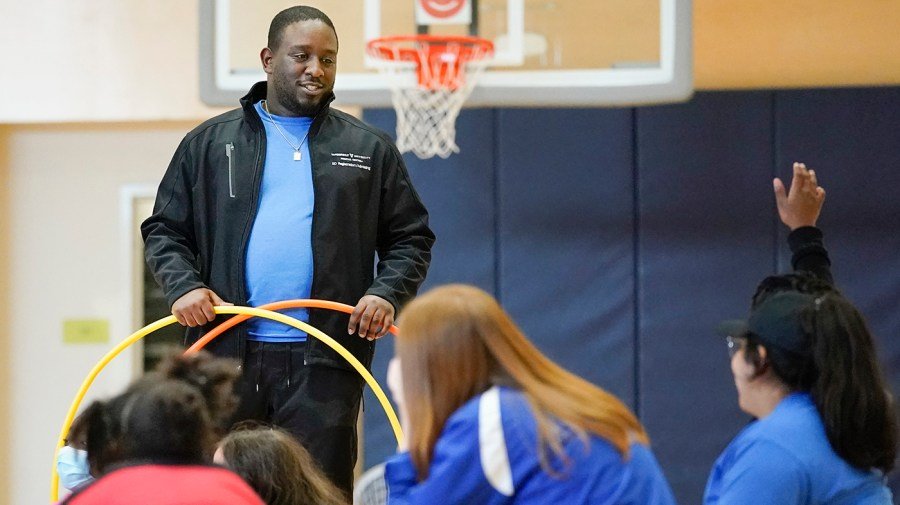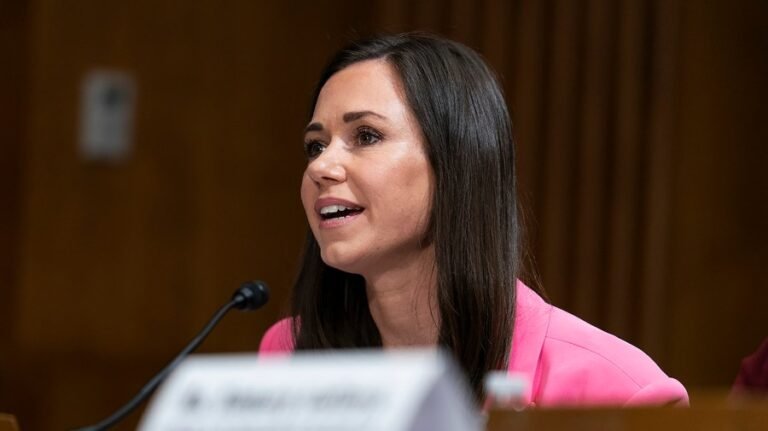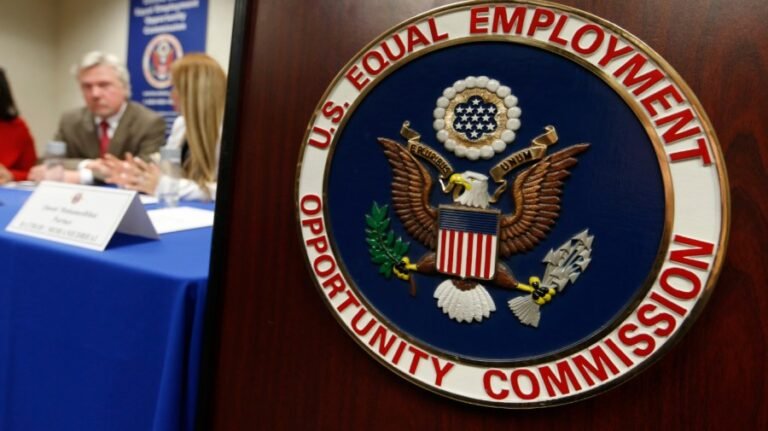
The supply of afterschool programs cannot keep up with the demand from parents, according to a recent report, leaving schools and students in a precarious spot that advocates and officials say will take a community effort to solve.
The report from Afterschool Alliance found the parents of almost 30 million children nationwide want access to afterschool programs, but only 7 million are currently enrolled.
While 95 percent of parents who can enroll their students in an afterschool program are satisfied with their experience, school officials and advocates say cost is the biggest barrier to making these initiatives available to every student who needs it.
Rahsheem Hollis, a high school assistant principal of a vocational technical high school in Delaware, said the cost of afterschool programs often comes from other parts of the budget, making it a challenge for the much-needed sports and other curricula given to students after hours.
“We have to have materials for the kids. If we pull from our regular budget to provide for afterschool programming, it takes away from the other aspect of education that needs to be taken care of as well. So, I think the thing about it is, right now, we just need more support, funding wise, for after school programming,” Hollis said.
His school offers a variety of afterschool activities, which he says is imperative to keeping students from engaging in discouraged activities after hours.
“If we want to see students and people excel, we have to make the investment,” Hollis said.
Four in 10 parents say their community lacks afterschool programs, according to the report, and 56 percent cite cost as a reason their child is not enrolled in a program if it is available.
Afterschool programs have always been popular but received a particular boost during the pandemic and have kept elevated interest levels since.
“Great news, these programs are doing exactly what they’re meant to do. The bad news is, and this didn’t really surprise us, is that demand continues to grow, and that for many parents … we always knew this was a struggle for some of our low income parents, but as costs have continued to rise, it’s a bigger struggle for our middle income parents,” said Jodi Grant, executive director of the Afterschool Alliance.
“This gap that’s grown, where parents that can afford it are now spending nine times as much on out of school time activities for their kids as low income parents. It is really startling and scary,” Grant added.
Her group says urban students are more likely to have unmet afterschool needs, compared to their suburban or rural counterparts.
More than half of Black, Hispanic, Asian American and Native American children not in an afterschool program would be if they had access to one, compared to 43 percent of white students.
Advocates and officials say only a combination of federal, state and local support can bridge the gap.
Over the summer, a pause in federal support under the Trump administration showed how quickly that absence would be felt, when the Education Department froze $6 billion in afterschool funds. Though the pause lasted less than a month, many programs had to limit services or shut down, drawing rare bipartisan criticism.
But even when paid on time, the current federal budget for afterschool programs is not sufficient and has not kept up with inflation, advocates say.
The Department of Education did not immediately respond to The Hill’s request for comment.
“The bad news is that, when you look across inflation, this funding hasn’t increased since 2022,” Grant said, adding money from the federal government is not likely to completely close the gap.
“We need to be looking to all of our resources … We have 27 states that have state funding streams,” she added. “We have local communities, cities, towns, school boards that are helping to pay for these programs. Philanthropy is helping where they can to pay for these programs. One of the best things about afterschool is you can incorporate all the resources in a community.”
Layal Boussi, the principal of Universal Learning Academy, a K-12 charter school in Michigan, says she has relied on state funding to create afterschool programs that meet the academic needs of her students.
“We were able to use the state money … But with that comes a lot of reporting. A lot of schools try to avoid that because, again, it adds a layer of accountability, reporting, monitoring. But in our opinion, it’s all worth it,” Boussi said.
“We have a student population that’s in need. The data is showing a gap. The data is showing progress. The students are definitely benefiting from it. The families are showing interest,” she added. “That’s why we do apply for those grants, and we do fulfill the paperwork and compliance and reporting requirements of them.”
For Hollis, he said if an afterschool group wants to do an additional activity, they will sometimes go into the community to raise the support and money needed.
“If they want to bring a guest, they want to do a special activity, that they go out to the community … That stuff is stuff they have to raise money for. So, we do have fundraising opportunities that we have to do a whole lot of work for,” Hollis said.






